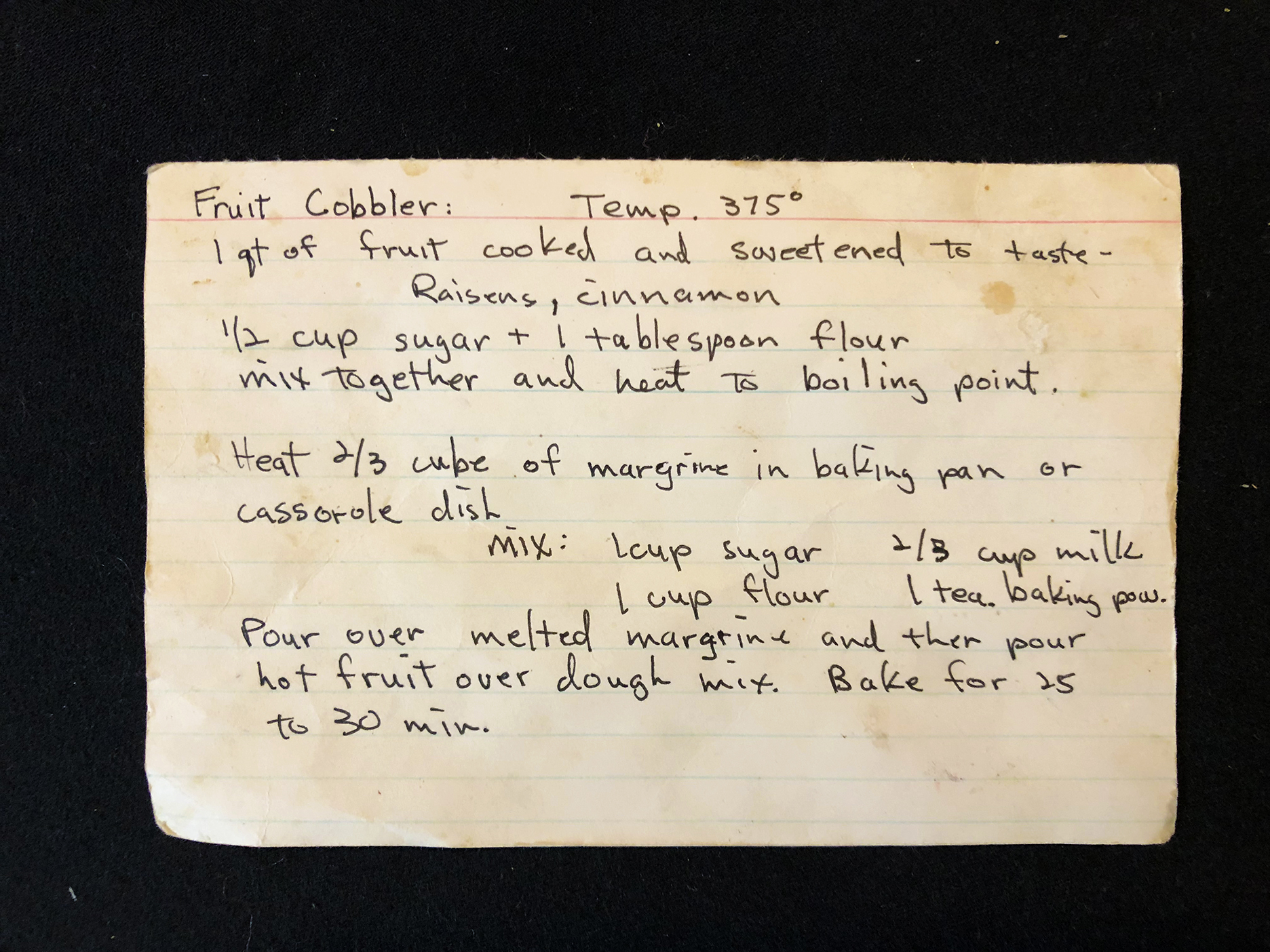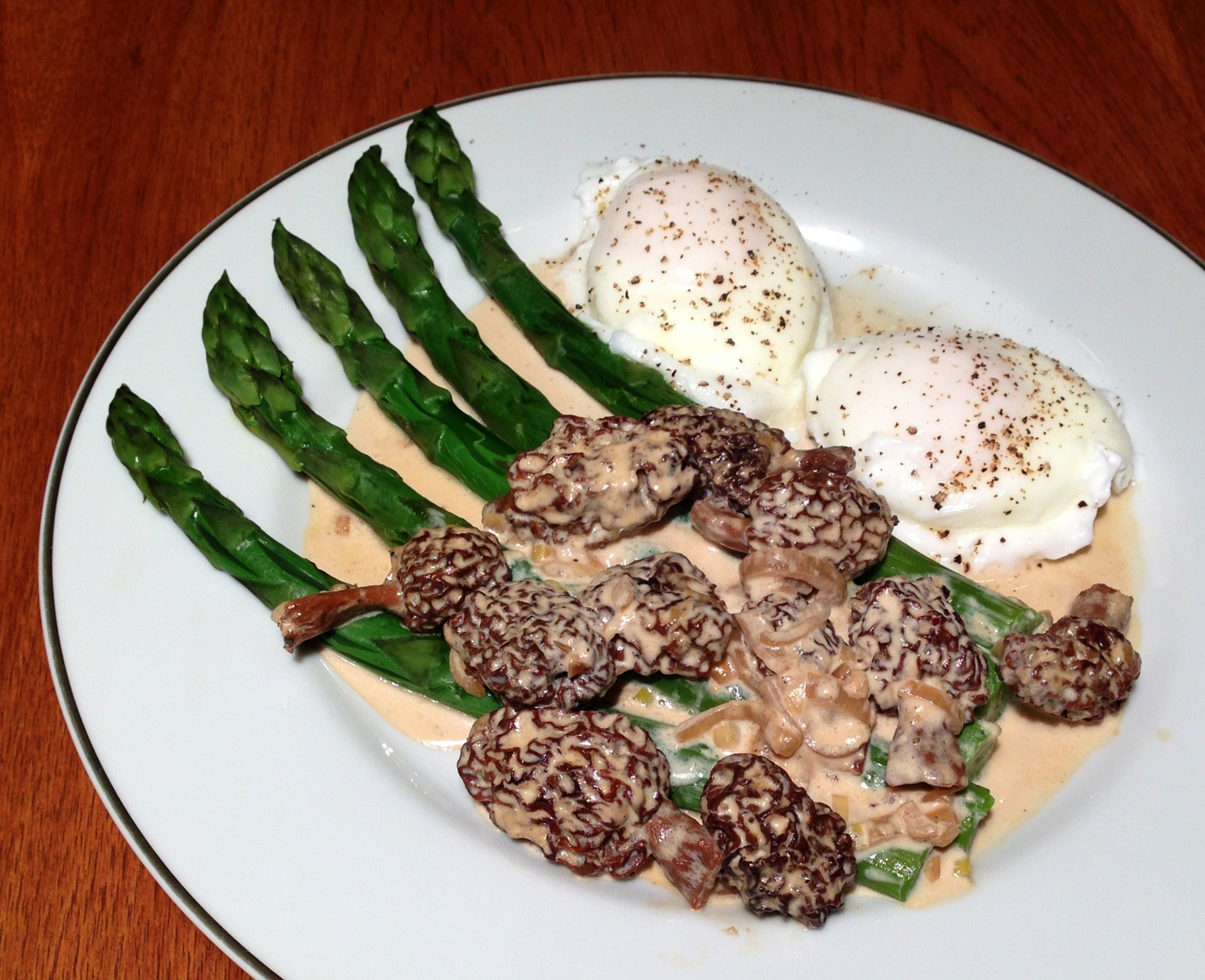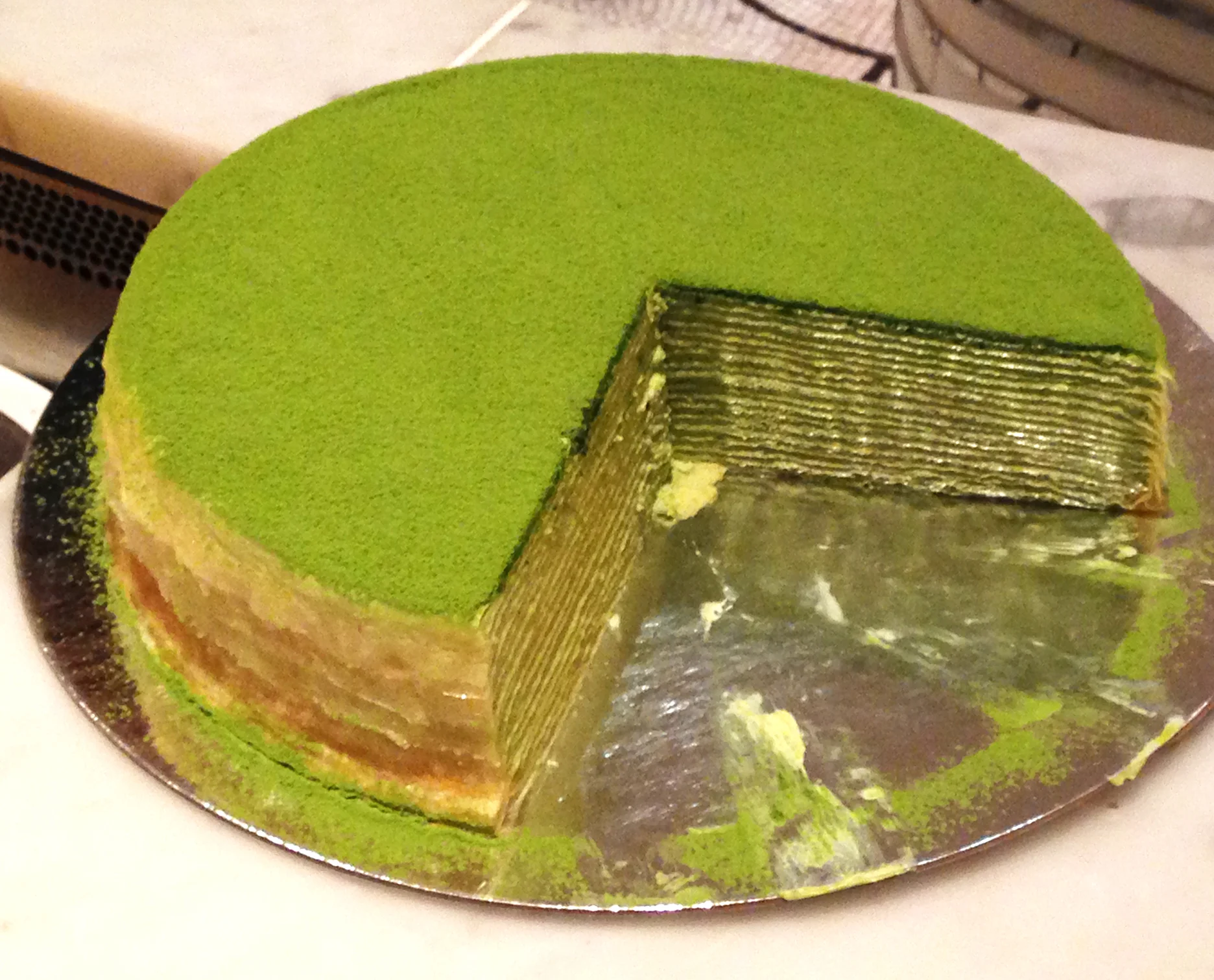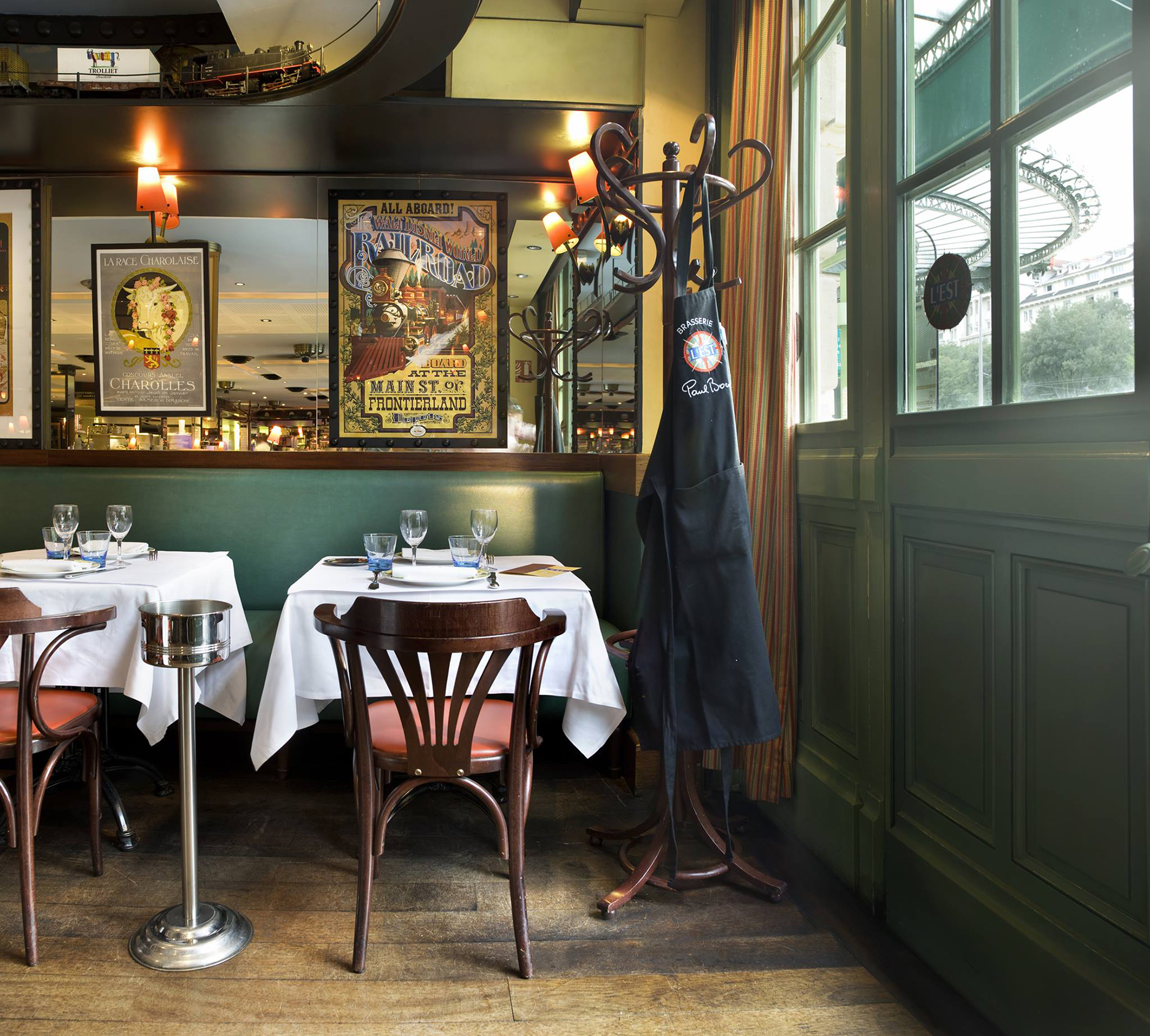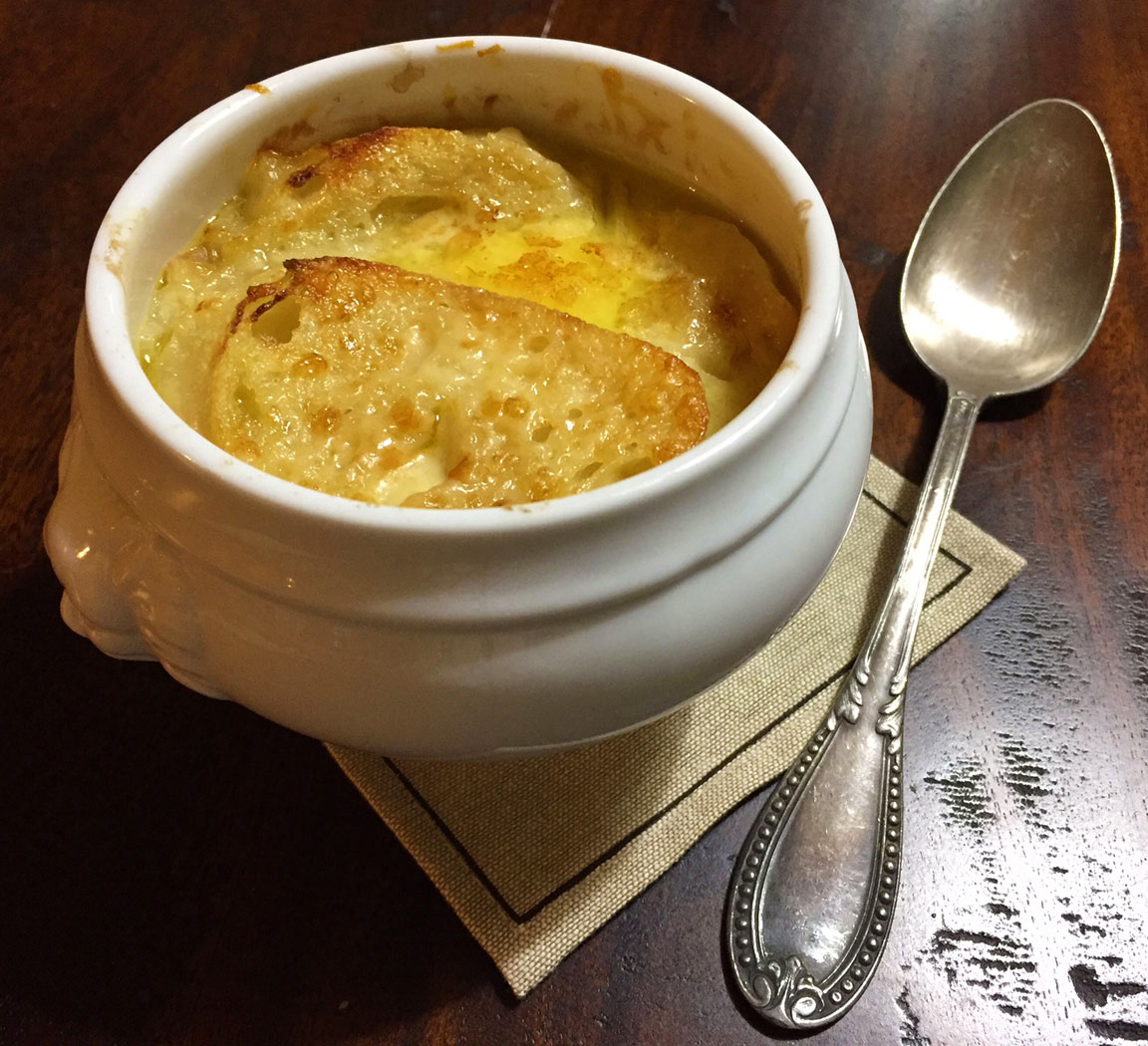It’s good to be back home after an exciting 10-day trip to Northern Italy (there may be some future blog posts about that…) I’m sitting in a comfy Adirondack chair under my new porch, observing the changing colors of our woods, and sipping a small glass of the quince liqueur I made last year.
I never saw quince sold at my California markets. I think it was almost forgotten in the US until some fifteen years ago when it became fashionable to serve membrillo with Manchego, the Spanish cheese made of ewe milk. The French have their pâte de coing but we mostly serve it as a confection, like other pâtes de fruits. The most common quince product available at supermarkets here is gelée de coing: it’s a superb jelly to top a buttery croissant or to spread over neatly arranged slices of apples on a classic tarte aux pommes.
Maguy’s quince tree
My aunt Maguy planted several fruit trees when she retired at the farm some thirty years ago. We’re now neighbors and I’m always in awe of her fruit harvest. Her cognacier is particularly prolific and produces huge fruits like the one featured on my opening photo: that monster weighed close to 2 lbs! Quince is too astringent to eat raw; it’s also quite hard. Quartering, coring, and slicing quince to make jam or paste requires dedication, a large sharp knife, and a steady hand: my uncle even designed a “quince-cutting” apparatus that bears an uncanny resemblance to a massicot or a small guillotine…
Maguy’s 2018 harvest was huge and she gave me several quinces to play with. I didn’t feel ambitious enough to make jelly but I remembered how all the local farmers always served some kind of home-made liqueur that they called “ratafia.” There never seemed to be a specific recipe and different kinds of fruits could be used; more often than not, it just involves mixing fruits with sugar and alcohol. Perhaps I could make some quince ratafia? Searching the web, I ran across several references to Jane Grigson recipe from her 1971 book Good Things and made just a few adjustments. I liked the idea of simply grating the whole quince instead of peeling, cutting, and coring the tough fruit: I was pretty confident that my Microplane grater could handle the job. However, I stopped short of including the core itself: I thought I could eventually use the steeped quince shreds in a dessert (check the end of the recipe for an idea.) Quince is ready to harvest in October-November: if you’re lucky to spot them at your farmers’ market, pick up a few and make some ratafia: it will be ready for Christmas.
My jars of quince ratafia
Ratafia de Coing
Quince Ratafia
2 large quinces
1 cup granulated sugar
1” knob of ginger, peeled and sliced
1 star anise
Vodka
Thoroughly wash and rub the quinces under warm water to eliminate any fuzz on their skin. With a sharp cheese grater, shred the flesh of the fruits; discard the cores. Pack the shreds in a sterilized 1 quart Mason jar, add sugar, ginger, and star anise. Fill the jar with vodka. Seal the jar and store it in a cool dry place for 6 weeks, shaking occasionally. Taste the liquor after 6 weeks for sweetness; add sugar (or simple syrup) if necessary. To bottle the liqueur, use a fennel lined with a coffee filter.
After discarding the ginger rounds and star anise, transfer the quince shreds in a saucepan, add ½ cup of sugar, and simmer for 15 minutes. Set aside and let cool. Use the quince compote to line up a pie pastry and top with apple slices for a tasty quince-apple tart.
Note: if you’re not a fan of star anise, you can substitute a small stick of cinnamon or a vanilla bean.
Quince and apple tart
Vocabulary
La pâte de coing: quince paste
La pâte de fruits: fruit paste
La gelée de coing: quince jelly
La tarte aux pommes: apple tart
Le cognacier: quince tree
Le massicot: paper cutter






